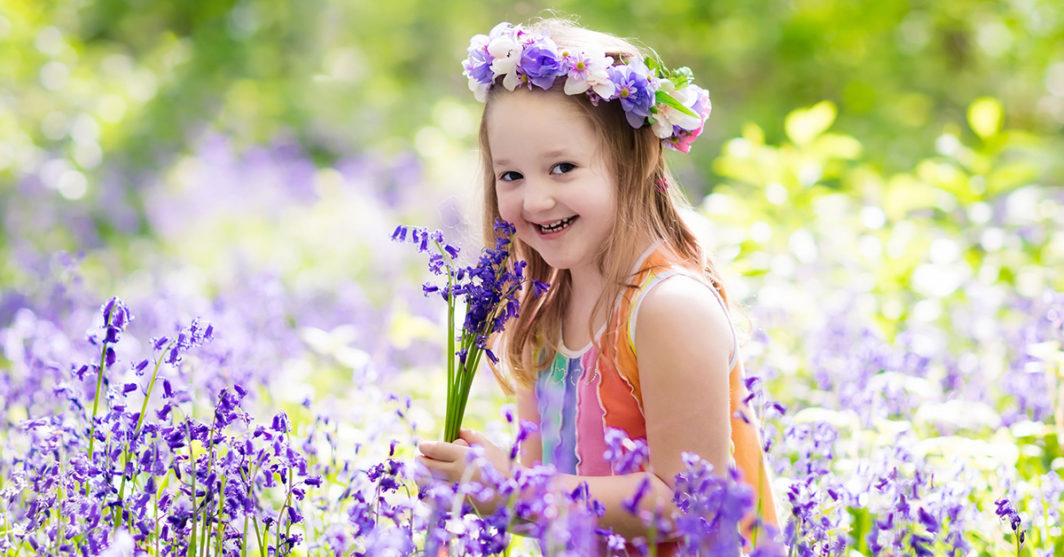These beautiful woodland plants can be seen throughout any wooded area in the UK, including the woods at Grim’s Dyke. Bluebells need no introduction; they’re instantly recognisable and loved by many. Here’s why we love the Bluebell.
#1: Bluebells can spread rapidly!
They seed freely and can live in the garden compost easily too. It is said that the UK is home to almost 50% of the global population of the native bluebell.
#2: Bluebells aren’t always blue
White versions were introduced 200 years ago. The Spanish varieties are quite common now, however there are also rare white British bluebells too. These albino flowers lack the pigment needed, to give them their distinct blue-purple colouring.
#3: You can get contact dermatitis from bluebells
They contain toxic glycosides, poisonous to both animals and humans. As all parts of the bluebell contain this toxin, they can cause skin irritation for some people, just through any form of direct contact with the plant.
#4: A symbol of love
Although the bluebell has several popular representations, it’s most often known to signify humility, gratitude and everlasting love.
#5: By any other name…
In Scotland, bluebells are often called harebells. Why? Because it’s believed witches turn into hares and hide among them! They also have many different names in the UK too, Including the wild hyacinth, Wood Hyacinth, Lady’s Nightcap, Witches’ Thimbles and Cuckoo’s Boots!
#6: Spotting a native bluebell isn’t easy
Both the native and non-native bluebell has white or cream coloured pollen! If however, you see green or blue pollen, it’s safe to say you’ve definitely found a non-native (usually Spanish) bluebell. To confuse matters even more, there’s also a Hybrid Spanish-British Bluebell too – first recorded in 1963.
#7: Bluebells flower between mid-April and late May
As soon as the sunlight reaches the woodland floor, and before the woodland canopy fully opens, Bluebells will appear.
#8: They’re an early source of nectar
Insects love bluebells, as they provide an early supply of nectar to hungry bees, butterflies and hoverflies.
#9: An important material throughout history
Bluebell bulbs were often crushed in Elizabethan times, to provide starch for ruffs, collars and sleeves. Even the sap was used to bind the pages of books, whilst the Bronze Age saw bluebells used to set feathers into arrows.
#10: It’s illegal to collect native bluebells
And has been, since1998. Designed to protect bluebells from unscrupulous bulb collectors, legislation was drawn up to make it illegal to collect native bluebells from the wild for sale.
We need to protect the native bluebell. Colonies can take up to 7 years to grow from seed to flower however, due to their popularity, they need protecting. Footfall damage is rife, as we clamber to get a closer look at bluebells – but if their leaves are crushed, they die back, due to lack of food.
Image Copyright: famveldman / 123RF Stock Photo


